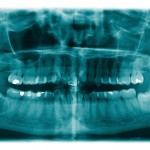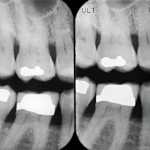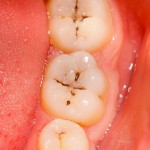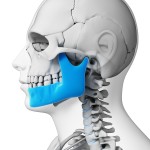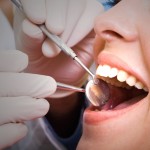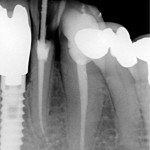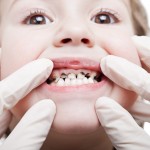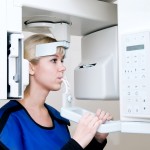
This review included 12 small in vitro and in vivo studies of Cone Beam Computed Tomography (CBCT) for the diagnosis of a root fracture. While the data suggest the ability to detect root fractures in non-endodontically treated teeth, the findings should be interpreted with caution.
[read the full story...]